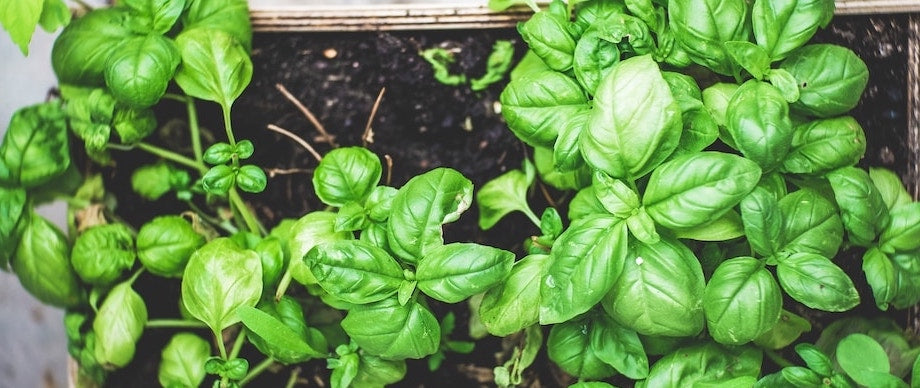Basil is a popular herb that is easy to grow, and planting seedlings using organic gardening practices can help you get the most out of your basil plants. In this step-by-step guide, we'll show you how to plant basil seedlings using organic methods that promote healthy growth and minimize the use of synthetic pesticides and fertilizers.
Step 1: Choose a Location
When selecting a location for your basil plants, choose a spot that receives at least six hours of direct sunlight each day. Basil prefers well-draining soil that is rich in organic matter, so choose a spot with good drainage. If your soil is heavy or clay-like, amend it with organic matter like compost or biochar to improve drainage and provide nutrients.
Step 2: Prepare the Soil
Before planting your basil seedlings, prepare the soil by working in compost, leaf mold, or other organic matter. This will improve soil structure, fertility, and water-holding capacity. Organic matter also promotes healthy soil microbiology, which can help prevent disease and pest problems.
Step 3: Plant the Seedlings
To plant basil seedlings, dig a hole that is deep enough to accommodate the root ball of the plant. Gently remove the seedling from its container and place it in the hole, making sure the top of the root ball is level with the soil surface. Fill in around the plant with soil and gently firm it in place. Water the seedling thoroughly.
Step 4: Water and Mulch
Water the newly planted basil seedlings deeply and regularly to promote healthy growth. Water the soil directly, avoiding the leaves, which can cause disease problems. Mulch around the plants with organic matter like straw or leaves, which will help conserve soil moisture, suppress weeds, and provide nutrients as it breaks down.
Step 5: Care and Maintenance
To maintain healthy basil plants, fertilize them regularly with organic fertilizers like compost, worm castings, or our Nutrient Blend (more on that below). Water deeply and regularly, but avoid overwatering. Pinch back the plants regularly to encourage bushy growth and prevent them from becoming too tall and leggy.
If you do use our Nutrient Blend to fertilize your basil seedlings can be highly beneficial for their growth and overall health. The worm castings in our blend contains a variety of beneficial microorganisms and nutrients that can improve soil fertility and support plant growth. The biochar in our blend can help to improve soil structure, retain moisture, and increase nutrient availability. Additionally, the mycorrhizal fungi in the blend can form a symbiotic relationship with the basil roots, improving their ability to take up nutrients and water from the soil.

Happy Planting!
By following these simple organic gardening practices, you can grow healthy, vibrant basil plants that will provide you with fresh, aromatic leaves all season long. By using organic gardening methods and avoiding synthetic pesticides and fertilizers, you'll be doing your part to support healthy soil, healthy plants, and a healthy planet.

